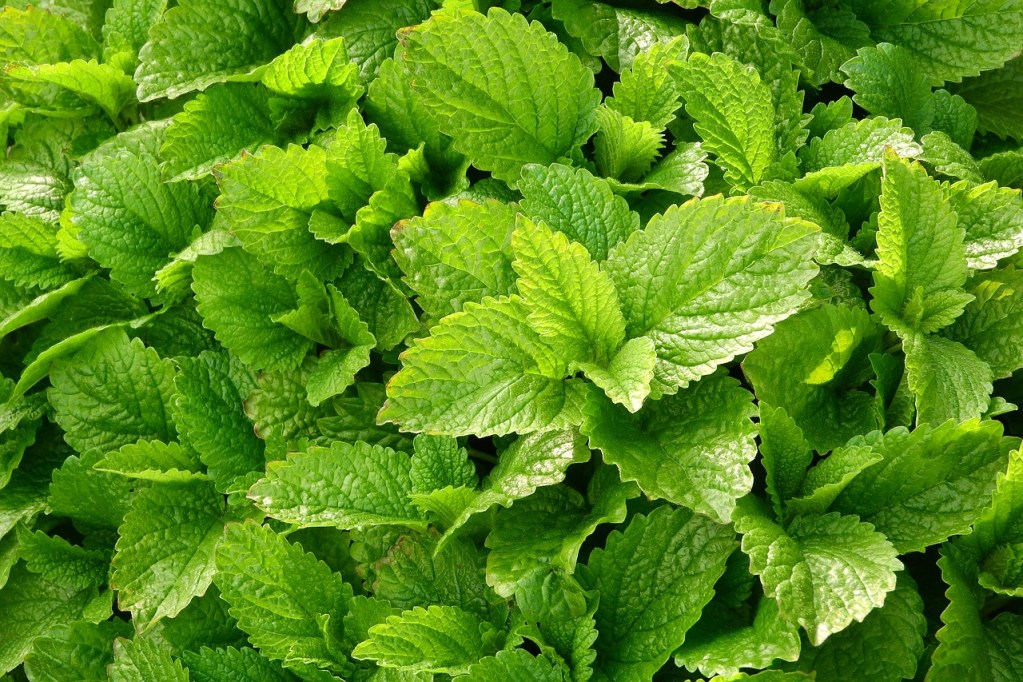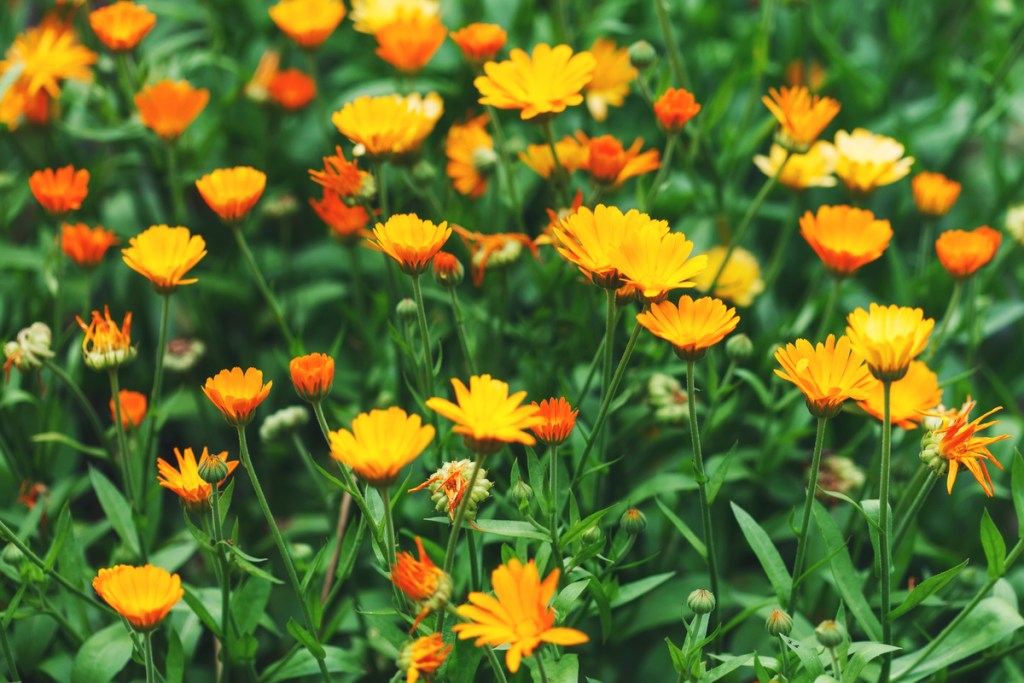Weeds are at best an annoying constant of gardening, and at worst, a potential plant killer. They provide shelter for pests like cutworms and slugs and steal precious nutrients away from your crops. You can pull them up by hand or with a hoe or spray chemicals all throughout your garden, but those methods have plenty of drawbacks of their own. Why not try a new method and plant living mulch? Not sure where to start? We have all the answers!

What is living mulch?
Living mulch is a natural weed control method that uses small plants to block weeds from growing. Living mulch takes up the space that weeds need to grow and it shades the soil so light can’t reach the weeds' seeds.
Choosing the right plant is important, though. Your living mulch should be short and stay low to the ground to provide shelter to the soil. It also needs to be low maintenance, so it doesn’t take nutrients from your other plants. The most commonly used plants are herbs and cover crops.
Here’re some of the best plants to use:
- Clover
- Calendula
- Lemon balm
- Chamomile

What are the benefits and drawbacks of living mulch?
Living mulch has the same benefits as other mulch types, namely that it suppresses weeds and helps the soil retain water. However, you also get the benefits provided by the plants themselves! Many popular cover crops (such as clover, vetch, and alfalfa), add nitrogen to the soil. Other common living mulch plants can be harvested along with your fruits or vegetables, making this a great way to increase the number of plants you can grow in a limited space.
Keep in mind that no method is completely flawless. If the living mulch doesn’t entirely cover the ground or grows too tall, weeds can still pop up around or beneath it. Additionally, any extra greenery in your garden can provide shelter for pests, and that unfortunately includes living mulch. If you frequently have problems with cutworms, slugs, or other similar pests, you may want to use nonliving mulch.
Poor plant choice can cause other problems. Plants that grow slowly, use up resources, or spread uncontrollably aren’t suitable choices for living mulch. Plants that grow slowly leave the soil exposed for weeds to grow, while plants that spread and use too many resources can become weed-like themselves.

How to grow living mulch
The plants used for living mulch are easy to grow. Here’s what to do:
Step 1: Choose a plant that's suitable for living mulch and for the season.
Along with the other requirements discussed earlier, it’s important to choose plants that are in season. Don’t pick a plant that hates the cold as your late fall living mulch.
Step 2: Plant your seeds.
You can plant living mulch at the same time as your other plants or after your other plants have already grown. For some of the commonly used living mulch plants, you can simply scatter the seeds over your soil, but others will need more careful planting and spacing.
Step 3: Water them in.
If you scatter the seeds instead of planting them, water the ground before laying the seeds for the best effect.
Step 4: Watch for weeds and pests.
Until your mulch is established, you’ll need to keep weeding and protect it from pests. Be careful not to pull up your mulch as it sprouts! If you've had issues with particular pests, you may want to take precautions. Whatever pesticide or pest control method you typically use should be fine.
Living mulch may not be the best method for every gardener, but it might be right for you! Why not give it a try and see for yourself? You can even use multiple different plants as living mulch at the same time, so feel free to mix and match plants to find the combination that works best for you.
Editors' Recommendations
- Growing your own vanilla plant doesn’t need to be difficult: Here’s what you need to know
- 3 incredible reasons why you should be using coffee grounds in your garden
- Focus on color: Bring some sunshine to your garden with these orange plants
- Add these plants to your garden to provide winter food for your local birds
- Start off the year right: How to prepare your garden for the new growing season




